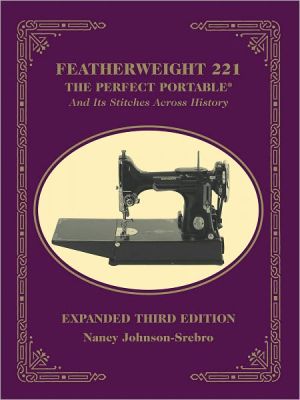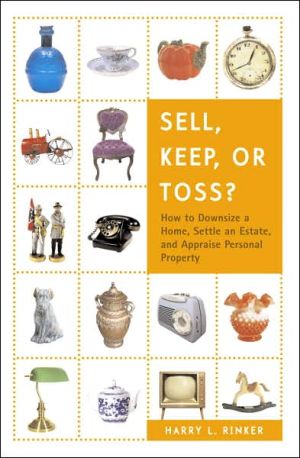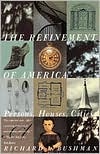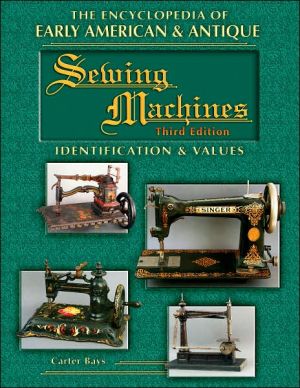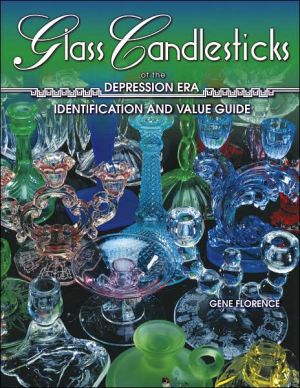The Invention of Comfort: Sensibilities and Design in Early Modern Britain and Early America
How did our modern ideas of physical well-being originate? As John Crowley demonstrates in The Invention of Comfort, changes in sensible technology owed a great deal to fashion-conscious elites discovering discomfort in surroundings they earlier had felt to be satisfactory.\ Written in an engaging style that will appeal to historians and material culture specialists as well as to general readers, this pathbreaking work brings together such disparate topics of analysis as climate, fire, food,...
Search in google:
How did our modern ideas of physical comfort originate? As John E. Crowleydemonstrates in The Invention of Comfort, changes in the technology of comfort depended on a fashion-conscious public's being made to feel discomfort with surroundings that they had previously perceived as functionally adequate. Definitions of comfort changed over time, Crowley shows, and men and women sometimes interpreted comfort differently. Crowley begins by examining the material culture of heating and illumination in British domestic environments during the postmedieval centuries, when comfort was primarily a moral term implying consolation and support. Comfort as a physical ideal emerged in response to eighteenth-century material culture in Britain and the colonies artificial illumination and new facilities for heating created an environment in which domestic activities, and their attendant patterns of consumption, were less hindered by traditional elemental constraints. This emphasis on a satisfying relationship between one's body and the immediate physical environment comes close to our modern idea of comfort. Written in an engaging style that will appeal to historians and material culture specialists as well as to general readers, this pathbreaking work brings together such disparate topics of analysis as climate, fire, food, clothing, the senses, and anxiety especially about the night. Crowley highlights his arguments with excerpts from historical documents diaries, travel accounts, politeness manuals, and personal letters and includes analysis of architectural plans and domestic art (reproduced in the book's many illustrations). About the Author:John E. Crowley is George Munro Professor of History at Dalhousie University. He is the author of The Privileges of Independence: Neomercantilism and the American Revolution, also available from Johns Hopkins.BooknewsModern ideas of physical comfort, says Crowley (history, Dalhousie U.), originated with a fashion-conscious public being made to feel discomfort with surroundings they had previous perceived as adequate. He reviews heating and illumination in British houses after the Middle Ages, but argues that comfort as a physical ideal emerged in response to 18th-century material culture there and in the colonies. Annotation c. Book News, Inc., Portland, OR (booknews.com)
Preface and AcknowledgmentsixPart ITraditional Architectural AmenityChapter 1Commodious Comfort: Hall and Hearth, Chamber and Chimney3Chapter 2Civil Comfort: Mansion Houses45Chapter 3Colonial Comfort: Vernacular and Elegant Options79Part IIFrom Luxury to ComfortChapter 4Decent Comfort: Candles and Mirrors111Chapter 5Convenient Comfort: Political Economy141Chapter 6Enlightened Comfort: Stoves and Lamps171Part IIIThe Landscape of ComfortChapter 7Picturesque Comfort: The Cottage203Chapter 8Healthy Comfort: The Piazza230Chapter 9Gendered Comfort: House Design Books260Conclusion290Notes293Index349
\ Journal of American HistoryRiveting... A solid contribution to the literature on the cultural impact of gentility, refinement, and the 'baubles of Britain' in England and its colonial possessions.\ \ \ \ \ Phi Beta Kappa Key ReporterCrowley provides a masterly search and survey that no historian of material culture should miss, and every curious reader should consider.\ — Eugen Weber\ \ \ \ English Historical ReviewA comprehensive and tight study... a valuable contribution to the field, [and] one that is enjoyable to read.\ — Emma Hart\ \ \ \ \ \ Journal of Design HistoryThe sheer range of evidence, the interweaving of themes, and the overall strength of the argument mean [this] is an ideal book for specialists and students alike.\ — Helen Clifford\ \ \ \ \ \ New England QuarterlyThe Invention of Comfort is an important and thought-provoking book that challenges our understanding of why people live that way they do.\ — Marie Morgan\ \ \ \ \ \ American Historical ReviewThis is a powerful book, full of startling information and valuable insights.\ — Rhys Isaac\ \ \ \ \ \ Technology and CultureThis is a grand panorama that stretches from medieval times through the antebellum years and covers a geographic area from England to the West Indies and then some. Crowley makes a successful case for the 'invention' of comfort and especially for the cultural influences on that process.\ — Molly W. Berger\ \ \ \ \ \ Journal of Social HistoryGood books cross lines drawn in the sand by others. Terrific books scatter the sand and redraw the lines. John E. Crowley's The Invention of Comfort is one of the latter... A masterful and sweeping interpretation of material culture evidence that asks important historical questions.\ — Ann Smart Martin\ \ \ \ \ \ BooknewsModern ideas of physical comfort, says Crowley (history, Dalhousie U.), originated with a fashion-conscious public being made to feel discomfort with surroundings they had previous perceived as adequate. He reviews heating and illumination in British houses after the Middle Ages, but argues that comfort as a physical ideal emerged in response to 18th-century material culture there and in the colonies. Annotation c. Book News, Inc., Portland, OR (booknews.com)\ \


